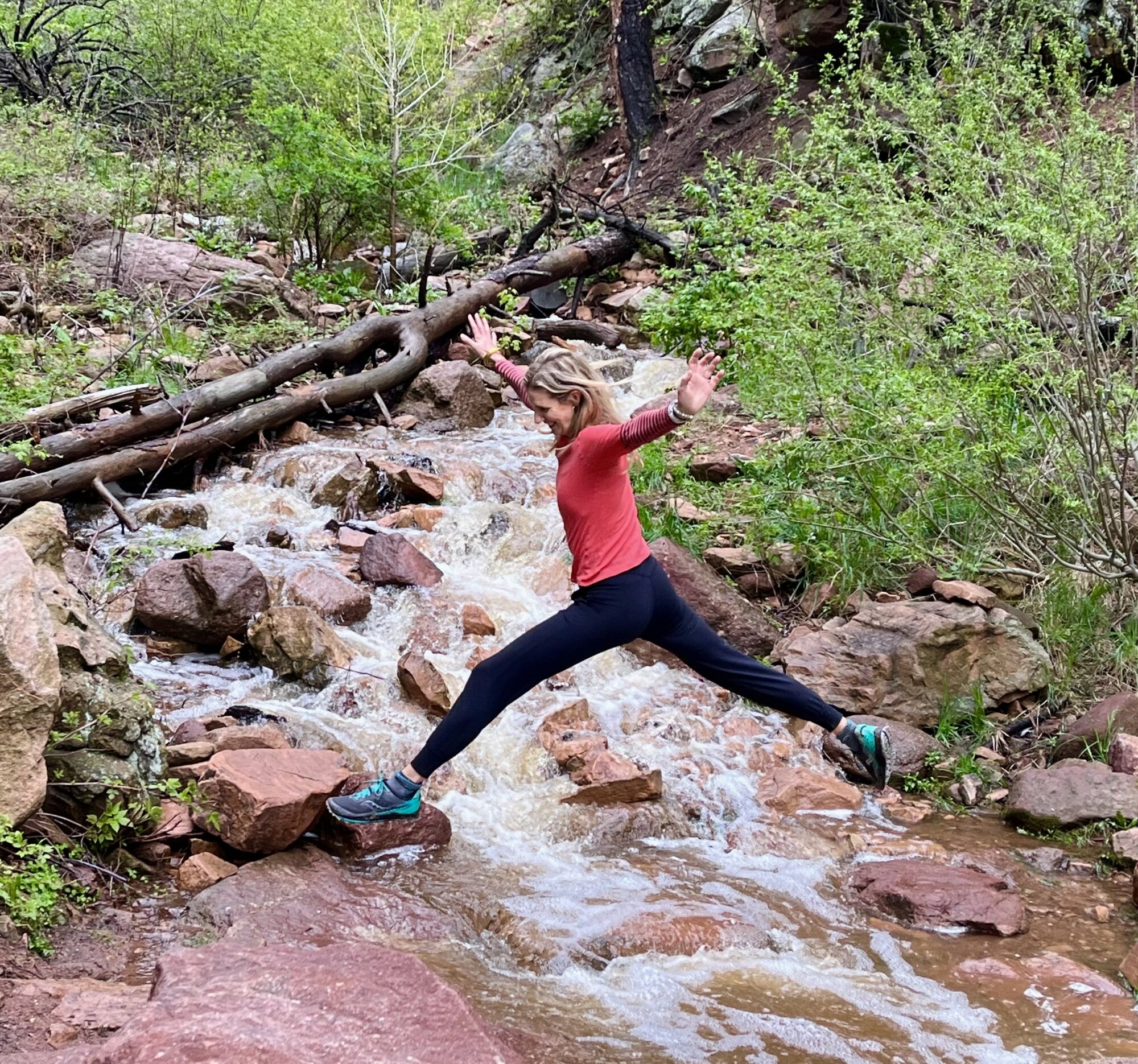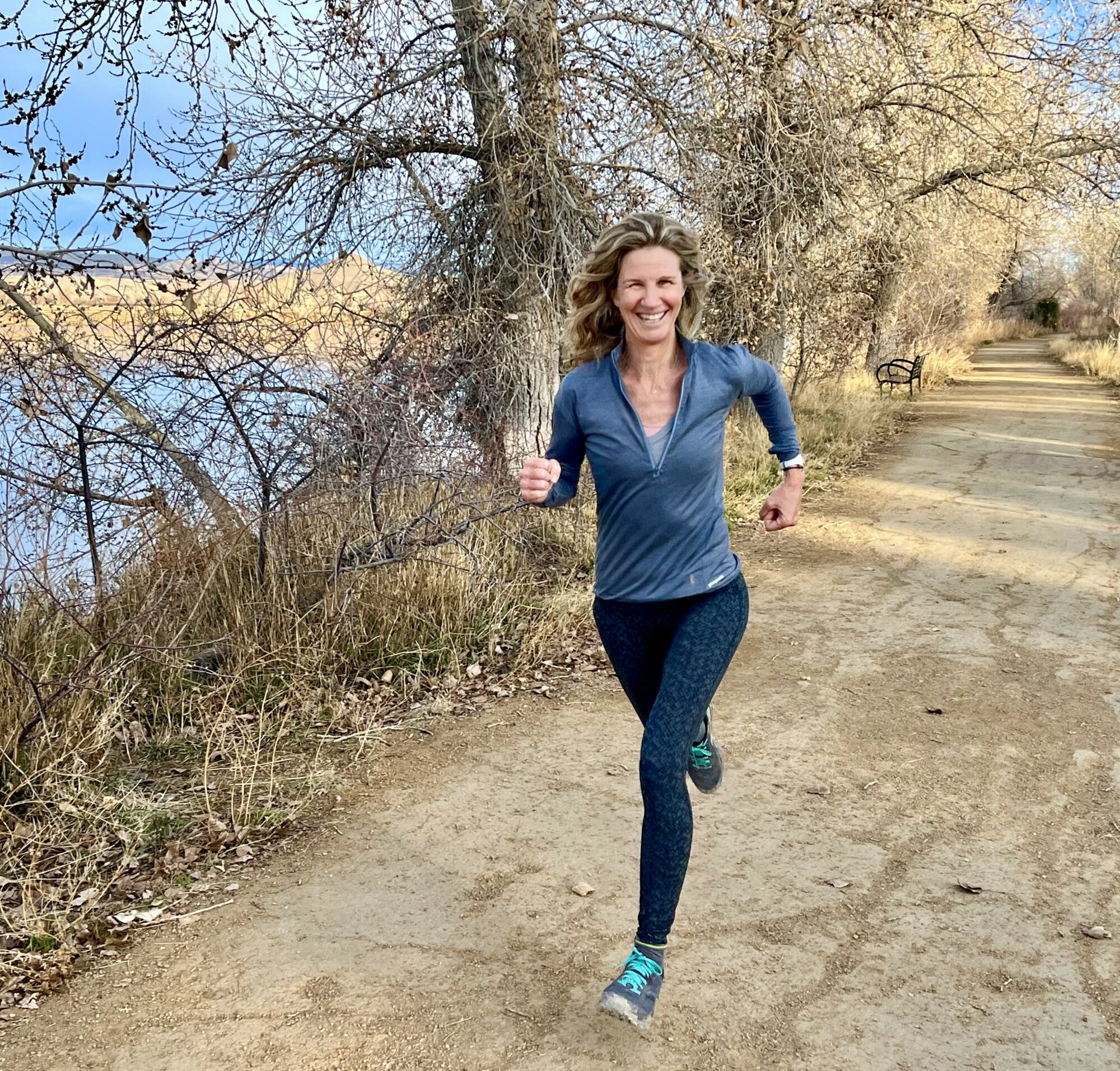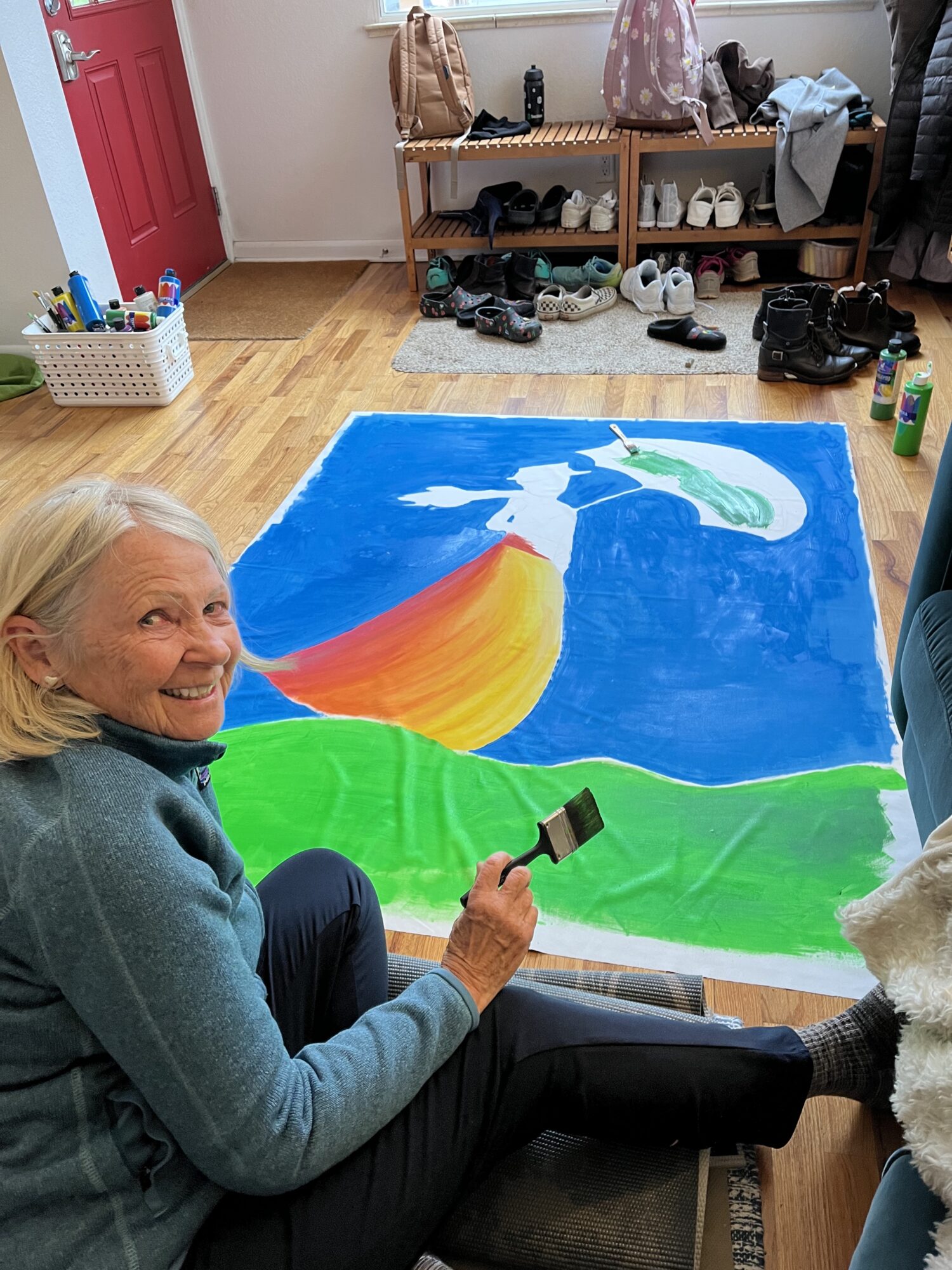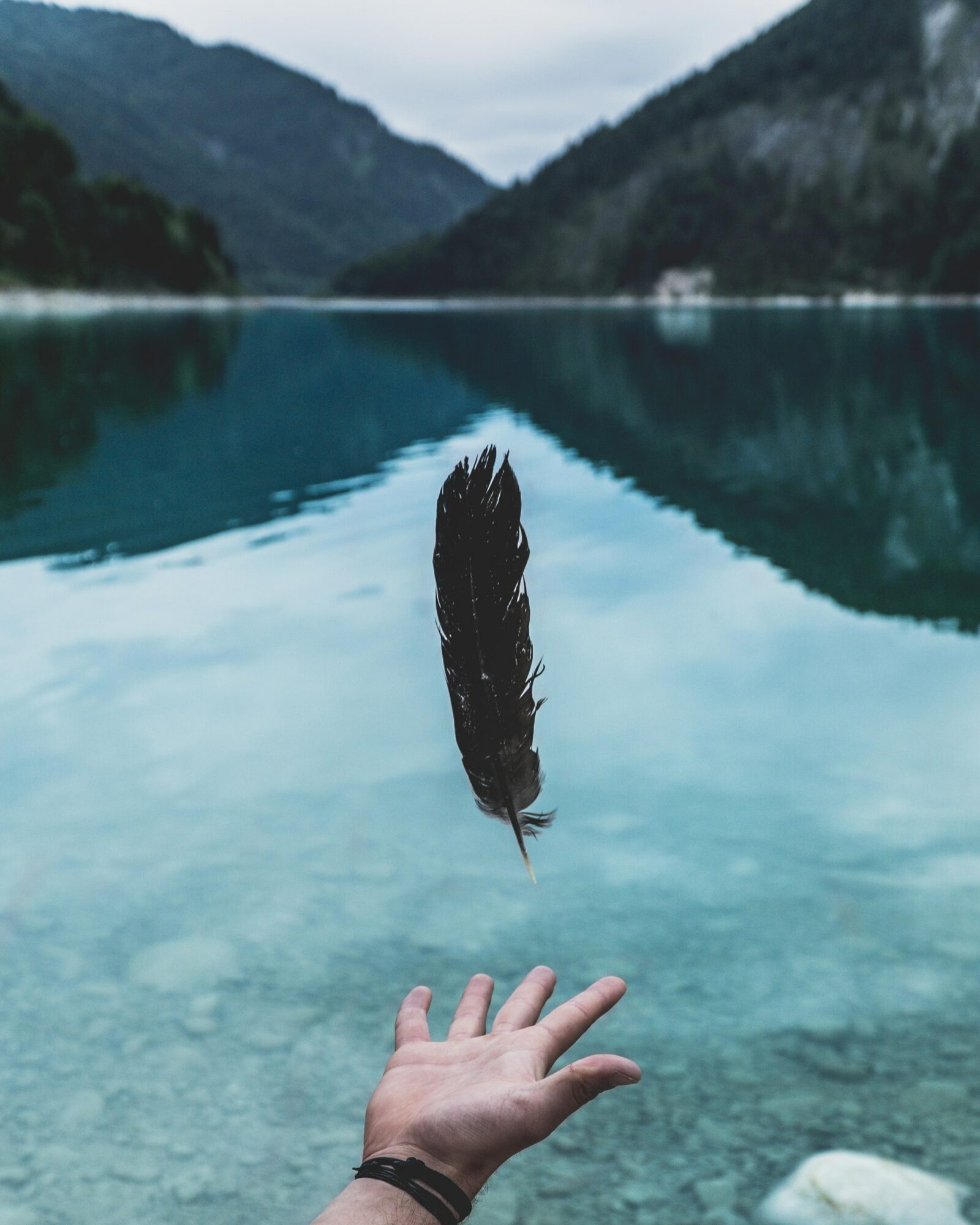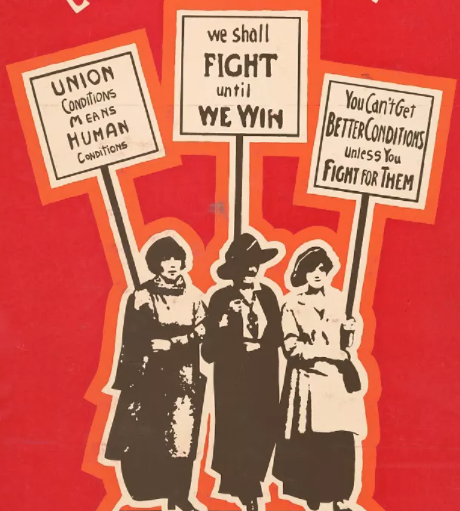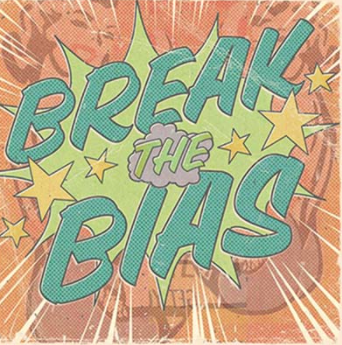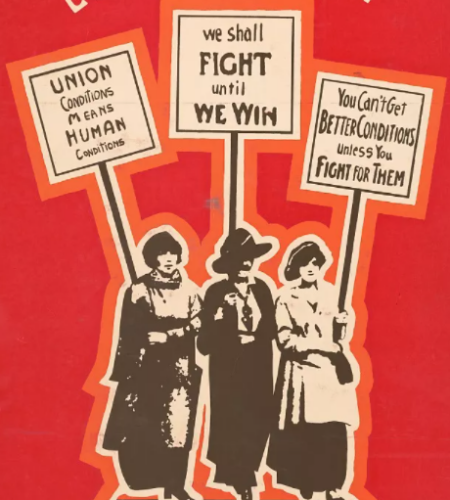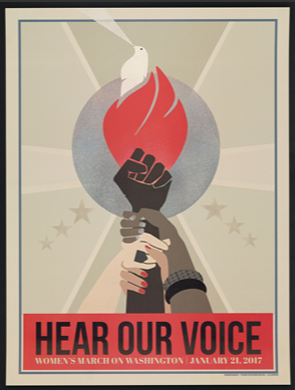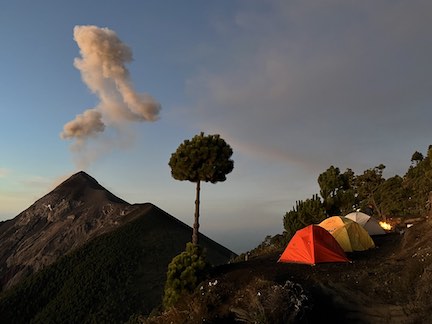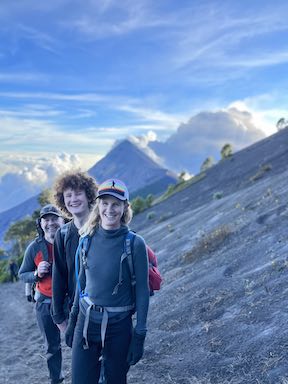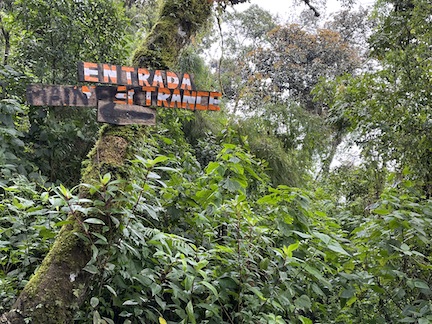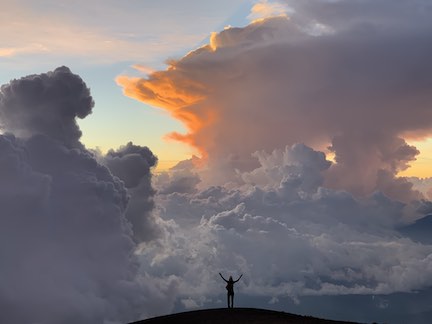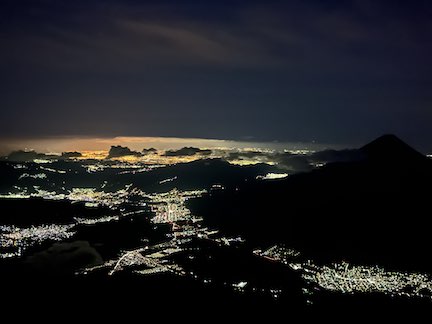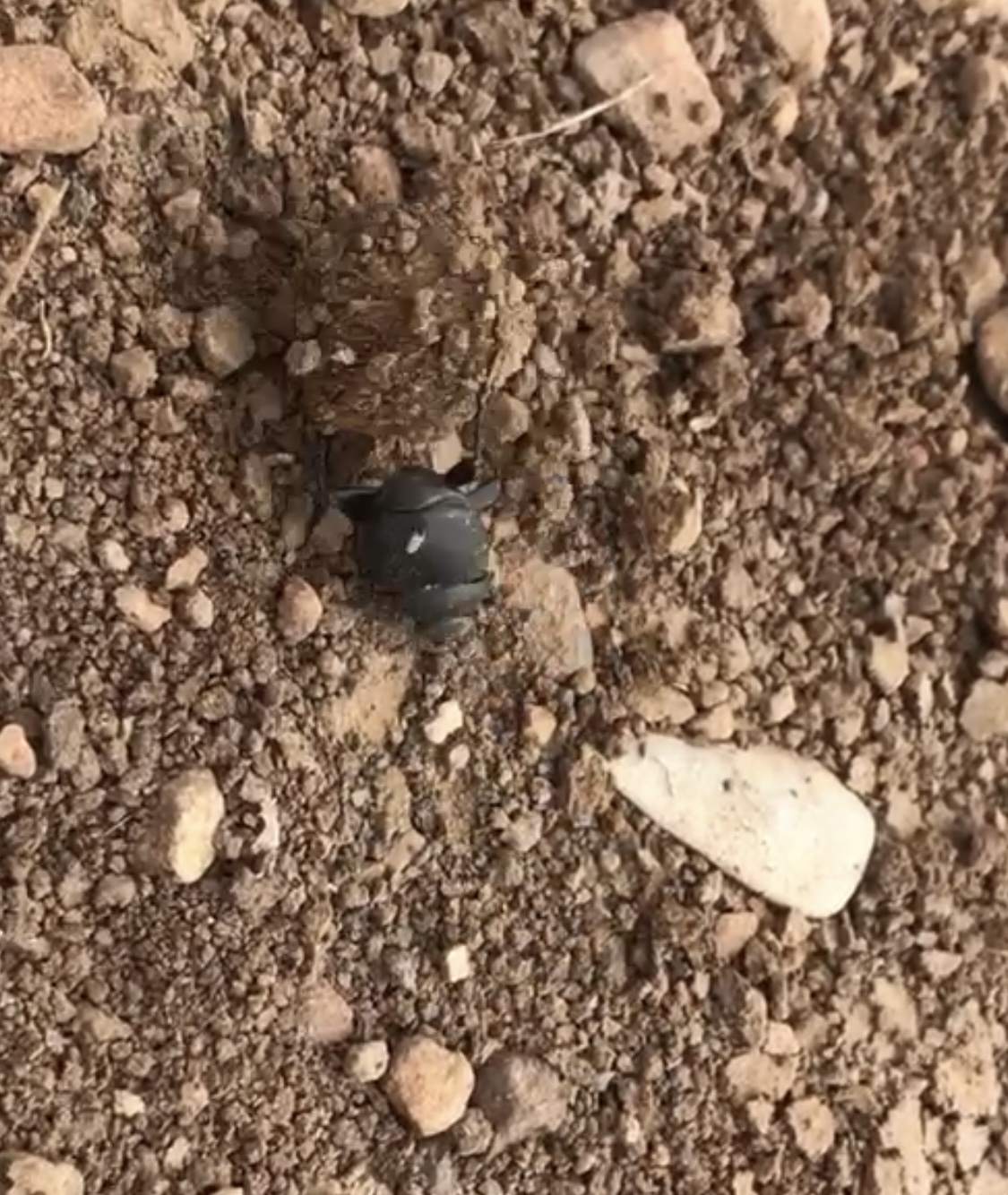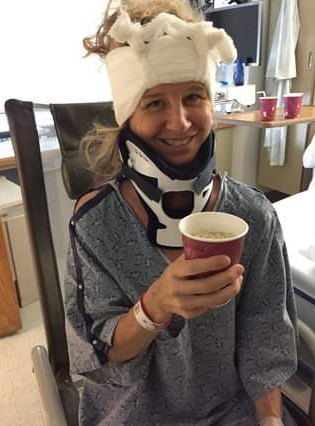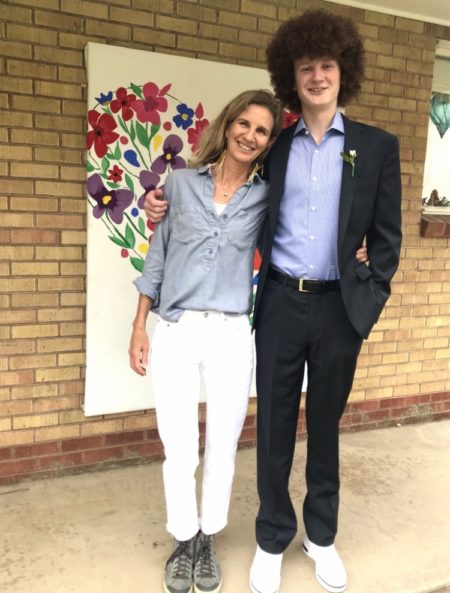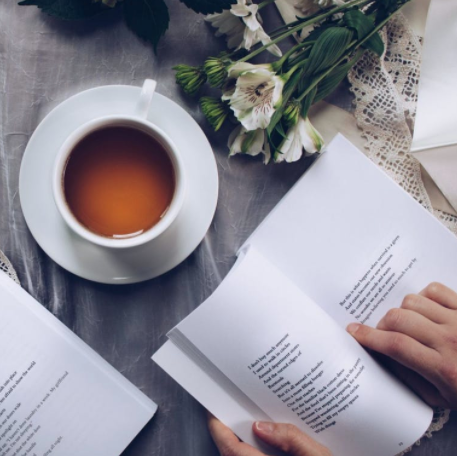We must let go of the life we have planned to accept the one that is waiting for us. –Joseph Campbell
I need another, smaller surgery. I’ve had intense sciatic pain for a few months (part of the reason why I haven’t been writing). I’m so grateful to be under close watch because the doctors found the culprit: a small blip on my lower spine (L5/S1) which they think dripped down from the original tumor. I’ve had the maximum amount of radiation in that area, so surgery is our next best step.
It’s gardening season, people! It’s time to weed out what no longer serves us. This little punk tumor is no longer serving me. What no longer serves you?
When? Wed. June 14th, at Rhode Island Hospital in Providence, RI. I’ve been told that this is a wonderful, nurturing date. And that it is Flag Day?!
Who? We’ve chosen Dr. Gokaslan, one of the leading experts in spinal tumors because Dr. Al-Mefty “only” specializes on the skull. Dr. Gokaslan is the same doctor who didn’t operate on me in 2019 because of a hairpin turn of events.
Recovery? Acute recovery period is about 3 weeks in RI. Then continued recovery at home for several months.
Here’s the approx. timeline:
June 14-21: 7 days in Rhode Island Hospital in Providence. Kurt will stay at an AirBnb nearby. Kids will stay home in Boulder, taking care of Leo, the dog.
June 21-28: I’m transferred to Newport Hospital Rehab Facility in Newport, Rhode Island for 7 days in the hospital to retrain my brain to use new nerves to walk well. Kurt returns to Boulder.
June 28: Ready to go home (fingers crossed) to continue to recover! (We know this is a good date because it is our friend Gideon’s birthday!) I may need to stick around back east until July 5 to be near my doctor.
To remember:
- This is spinal surgery, not skull or brain.
- I am 99% healthy–these tumors have nothing on me.
- My spine will be fused at the bottom now, too. Since the tumor is in the vertebrae at L5/S1, they’ll need to take out bone and stabilize me with a fusion and screws into my pelvis. I used to be just a pain in the neck, but now I’m also a pain in the a**!
- Because of where the spot is, there’s a risk to the nerve that goes down my left leg. My surgeon says it is possible, but not likely, that it will be damaged for good. (If I leave the tumor in, it IS likely that I will lose function in that leg.) I’ve been grieving the potential loss of feeling or function in my left leg. But I watched a 3-legged dog hike a mountain the other day and she inspired me to focus forward on how to adapt.
How to help:
- On June 14, light a candle and picture the tumor sliding off the bone and nerves easily
- Imagine me healthy, strong, and home by June 30, in time for Kurt’s band’s gig at the Louisville, CO street fair. @theintolerablesband
- As for Kurt & the kids, I think they are all set, but we’ll keep you posted
Dr. Al-Mefty (my skull surgeon) once said, “Susie, you are a fighter. This is not the end, nor is it the beginning of the end. It is just another challenge, and you are good at those.”
My smart-a** self says, “Really, Universe? THIS is what I’m “good” at? But what makes me “good” at challenges is that I don’t feel alone. I’m so grateful; it’s not lost on me how privileged I am to have the care that I receive. And, I am grateful for YOU for being there with me every step of the way. We all have our own mountains to face, (and we all have a sore neck, knee or a**) but I firmly believe that together, we can do anything.
Love,
Susie

